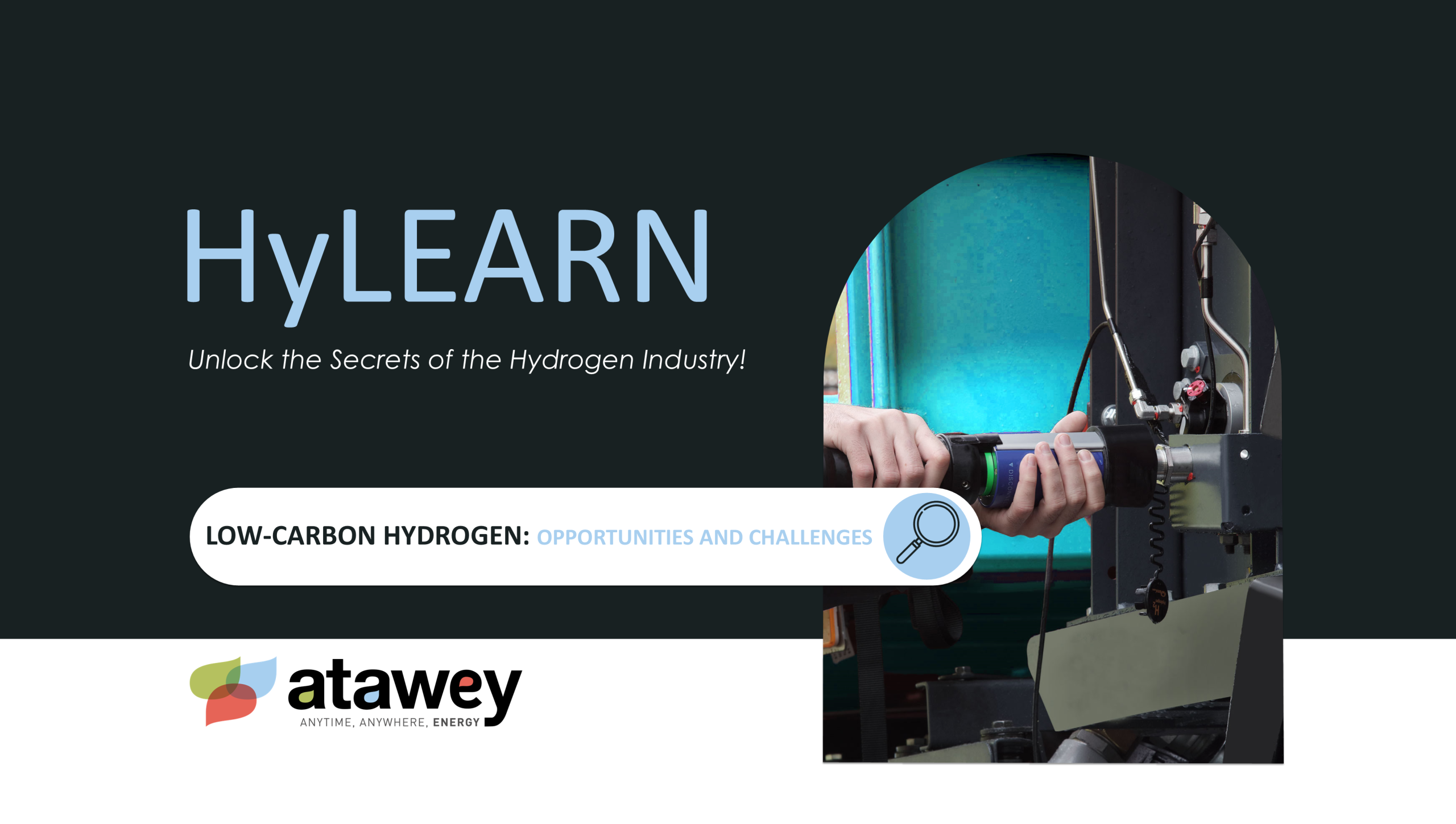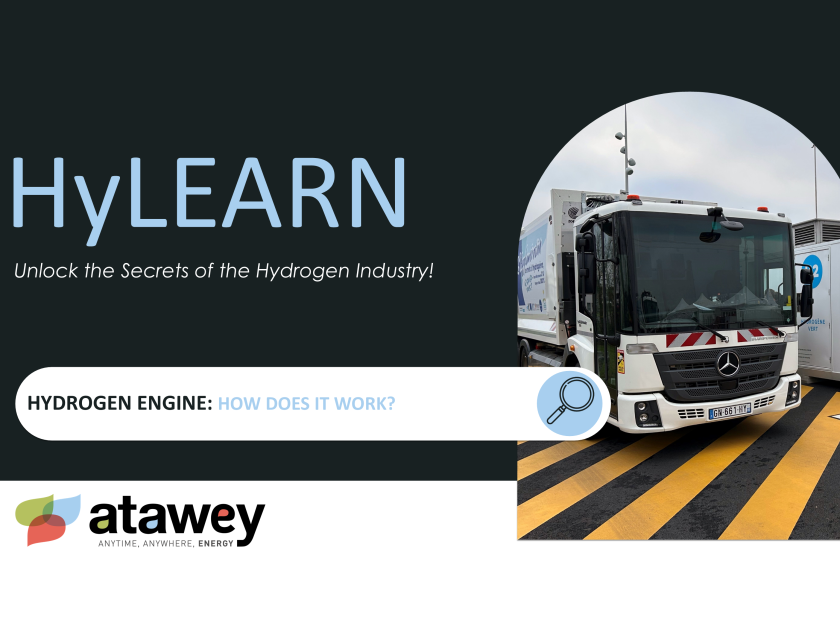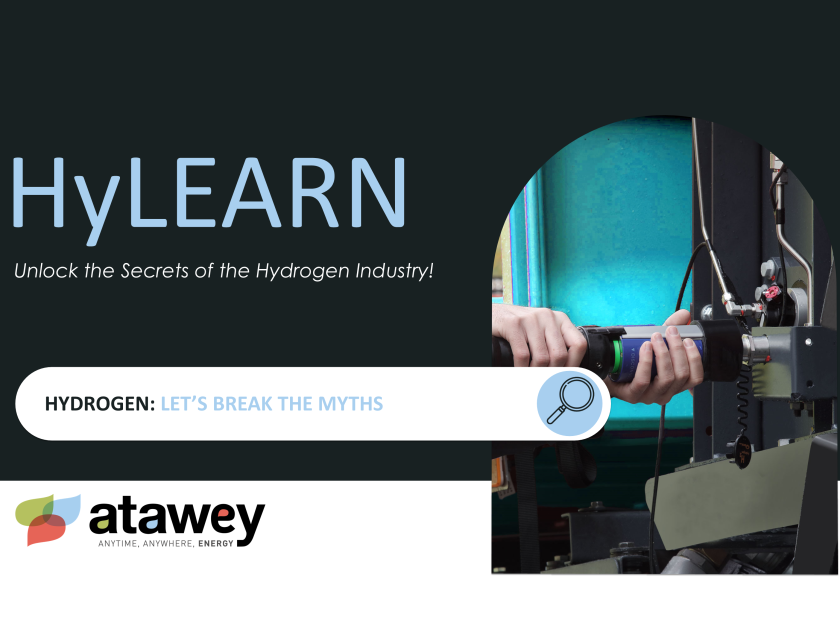
Scaling Up Low-Carbon Hydrogen: Opportunities and Challenges
Why is Europe Betting on Low-Carbon Hydrogen?
Hydrogen is widely seen as a promising alternative to fossil fuels. However, its environmental impact largely depends on how it’s produced. Broadly, we distinguish between:
-
Fossil-based hydrogen (grey): produced from natural gas or other hydrocarbons, with high CO₂ emissions.
-
Low-carbon hydrogen: produced with significantly reduced CO₂ emissions.
-
Renewable hydrogen (green): generated exclusively from renewable energy sources.
Today, grey hydrogen still dominates global supply. While its lifecycle emissions are lower than those of fossil fuels, its carbon footprint remains far too high to support a clean energy transition.
To pave the way for deep decarbonisation, scaling up low-carbon solutions is critical. Less emissions-intensive than fossil-based hydrogen, low-carbon hydrogen holds great potential—especially in hard-to-abate sectors. However, unlocking its full value will require overcoming a range of technical, economic, and regulatory challenges.
Blue Hydrogen: Fossil-Based or Low-Carbon?
Blue hydrogen is produced via natural gas reforming (steam methane reforming or SMR), but with added carbon capture and storage (CCS). This allows for substantial CO₂ reductions compared to grey hydrogen—qualifying it as low-carbon when capture rates meet EU thresholds.
Low-Carbon Hydrogen Pathways: Pink, Green, White
Low-carbon hydrogen can be produced through various routes, each with different environmental footprints and technological maturity levels.
Pink Hydrogen: Nuclear-Based and Dispatchable
Pink hydrogen is generated through electrolysis powered by nuclear energy. The process splits water molecules into hydrogen and oxygen using electricity, with zero direct CO₂ emissions. Unlike intermittent renewables, nuclear provides a stable and dispatchable power source—making pink hydrogen a strategic decarbonisation pathway, particularly in countries like France with strong nuclear capacity.
Green Hydrogen: Both Renewable and Low-Carbon
Green hydrogen is also produced via electrolysis, but powered exclusively by renewable electricity (solar, wind, hydro) or derived from biomass. This dual advantage—being both decarbonised and renewable—qualifies it as the most sustainable option, albeit at higher costs for now.
White Hydrogen: A Naturally Occurring Resource
Still in the exploratory phase, white hydrogen refers to naturally occurring hydrogen in the Earth’s crust, formed via geological processes like mineral oxidation. It can theoretically be extracted without CO₂ emissions. However, its reserves remain poorly understood, and commercial production is extremely limited today—only one pilot project is operating, in Mali.
Key Use Cases for Low-Carbon Hydrogen
Hydrogen plays a pivotal role across several strategic sectors—particularly those where electrification is technically or economically challenging.
Hard-to-Abate Sectors
Some industries are inherently difficult to decarbonise due to their high energy intensity and the limitations of current electrification technologies. In these contexts, hydrogen offers unique benefits:
Heavy industry (steel, chemicals, cement, refining, fertilisers): to replace fossil fuels or decarbonise existing grey hydrogen usage.
Aviation and maritime: for high energy-density fuels.
Heavy-duty mobility (trucks, non-electrified trains, buses, coaches, vans): to ensure long range, fast refuelling, and maximum payload—advantages not offered by battery-electric technologies.
How Much Low-Carbon Hydrogen Are We Talking About?
As of 2023, low-carbon hydrogen made up less than 1% of the global hydrogen demand, which exceeded 97 million tonnes.
Under its REPowerEU plan [1], the EU aims to produce 10 million tonnes of renewable hydrogen by 2030 and import another 10 million tonnes—an ambitious target signalling strong political will.
To achieve this, cost reductions, infrastructure rollout, and policy support will be key.
Low-carbon hydrogen: the compromise between cost and emissions to speed up the energy transition
Low-carbon hydrogen offers a pragmatic middle ground—significantly lower emissions than grey hydrogen, at a more accessible cost than fully renewable green hydrogen.
Climate Benefits
According to the EU’s Renewable Energy Directive (RED II), hydrogen qualifies as low-carbon if its emissions are below 3.38 kg CO₂eq per kilogram. For comparison, grey hydrogen emits between 10 and 28 kg CO₂eq/kg.
Competitive Production Costs
Producing one kilogram of green hydrogen currently costs between €4 and €7 (source: Hydrogen Europe [2]), while grey hydrogen ranges from €1 to €3 (source: Hydrogen Council [3]). This cost gap is primarily due to the high price of renewable electricity and the relatively low efficiency of current electrolysers.
Low-carbon hydrogen sits in the €1–3/kg range, making it a cost-effective emissions reduction tool—especially in the short to medium term.
A Supportive EU Regulatory Framework
Since 2025, the EU has officially recognised pink hydrogen (nuclear-based) as low-carbon—unlocking access to funding for nuclear-powered electrolyser projects.
Initiatives such as REPowerEU, the European Green Deal, and Fit for 55 set ambitious hydrogen deployment goals while introducing strict emissions standards to guide investment and innovation.
Whether pink, green, white—or blue under the right conditions—low-carbon hydrogen represents a strategic pillar in Europe’s energy transition. It enables deep decarbonisation while balancing technical feasibility and economic viability.
To scale low-carbon hydrogen effectively, we need:
-
Cost parity with fossil-based alternatives
-
Massive investment in enabling infrastructure
-
A clear, supportive, and stable regulatory environment
Low-carbon hydrogen may not be the final destination—but it is a crucial step on the road to a net-zero future.
[2]Hydrogen Europe – Clean Hydrogen Monitor – Novembre 2024
[3] [Hydrogen Council – Closing the cost gap – March 2025




